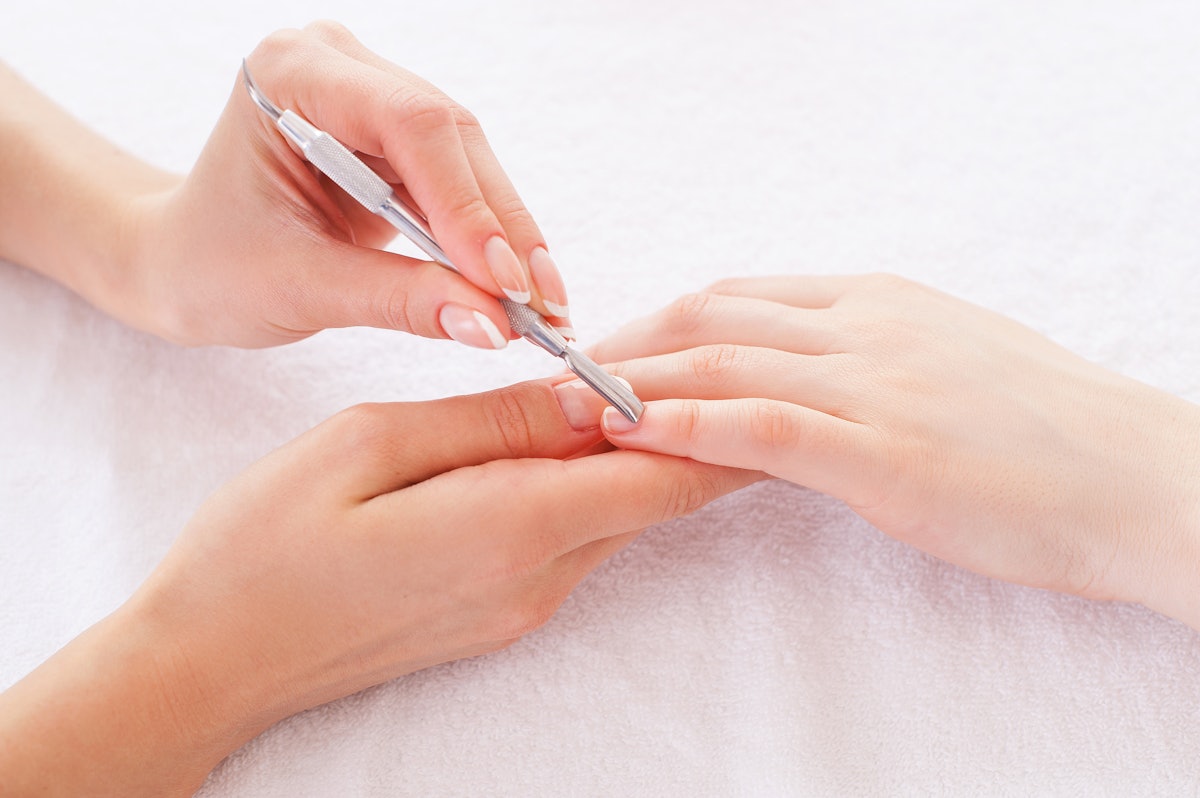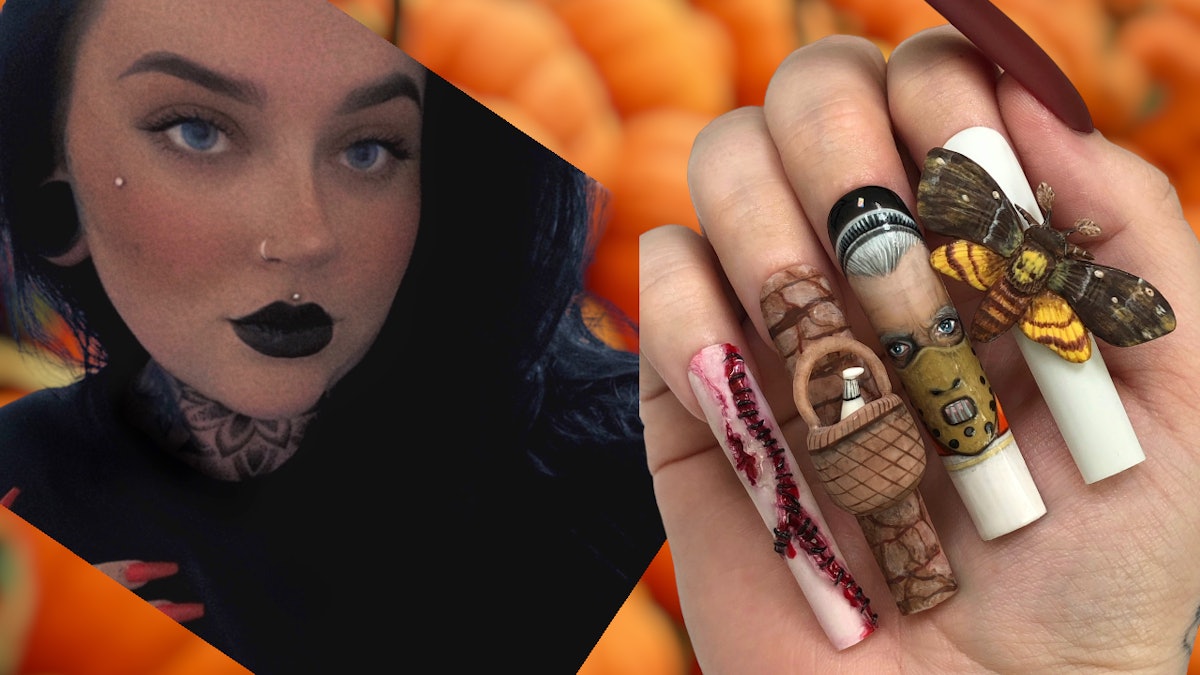Understanding Cuticles
Cuticles are often misunderstood in the beauty industry. They serve an important role in nail health and protection. In this guide, we aim to clarify what cuticles are and how to properly care for them.
What is a Cuticle?
The cuticle is the thin layer of non-living tissue that lies between the nail plate and the eponychium—the living skin that borders the base of the nail plate. This distinction is crucial as many nail technicians confuse the eponychium with the cuticle.
Nail Anatomy Basics
To understand cuticle care, it’s fundamental to recognize the three main components of the nail: the nail matrix, the eponychium, and the cuticle itself. The nail matrix is the tissue beneath the eponychium that creates new nail cells, while the eponychium protects the matrix from infections. Being accurate about these definitions can prevent unnecessary injuries during nail treatments.
Best Practices for Cuticle Care
When it comes to cuticle care, performing the treatment correctly is essential for maintaining nail health.
Step 1: Nail Preparation
Begin each treatment by removing any existing nail polish. Apply a cuticle remover and soak hands in warm water mixed with a soak solution to soften the skin and cuticles. After a few minutes, dry the hands with a clean towel.
Step 2: Choosing Tools
Select your cuticle tool based on your environment. Use a metal cuticle pusher for precision or an orangewood stick if metal implements are prohibited in your area.
Step 3: Technique for Pushing Back
Grip your tool similarly to how you would a pencil—maintaining a light yet firm hold. Position the tool against the eponychium, applying gentle pressure to slide it back and expose the cuticle without forcing it.
Step 4: Removing Non-Living Tissue
After exposing the cuticle, use a curette, a flat scraper, or an orangewood stick to gently remove the non-living tissue. Avoid nippers unless dealing with small dead skin tags. Remember to keep the client’s nail plate safe and free from damage.
Handling Accidents Carefully
Despite precautions, accidental cuts can happen. If a client is unintentionally cut, it’s vital to stop the service and treat the injury as if it may pose an infection risk.
Steps to Take:
- Immediately halt the service.
- Clean and disinfect tools used during the procedure.
- Have the client wash their hands thoroughly and cover any injuries with a bandage.
- Advise them to use an antibacterial ointment post-visit.
The Pros and Cons of Using Cuticle Remover
While many nail technicians utilize cuticle removers, it’s essential to weigh the benefits against potential downsides. Cuticle removers can effectively soften and detach non-living tissue. However, using them improperly can lead to complications such as over-softening the nail plate or causing paronychia—a bacterial infection.
Recommendation
If you choose to use a cuticle remover, perform a patch test on your clients to avoid allergic reactions. Knowledge of potential reactions ensures a safer nail service.
Conclusion
Caring for cuticles is an essential skill for nail technicians that requires knowledge and precision. Understanding the anatomy of nails, using the correct tools, and following proper techniques ensure that both technicians and clients maintain optimal nail health. Always prioritize education and training to enhance your expertise in cuticle care.
With this guidance, you can improve your services, resulting in satisfied clients and beautiful nails.



